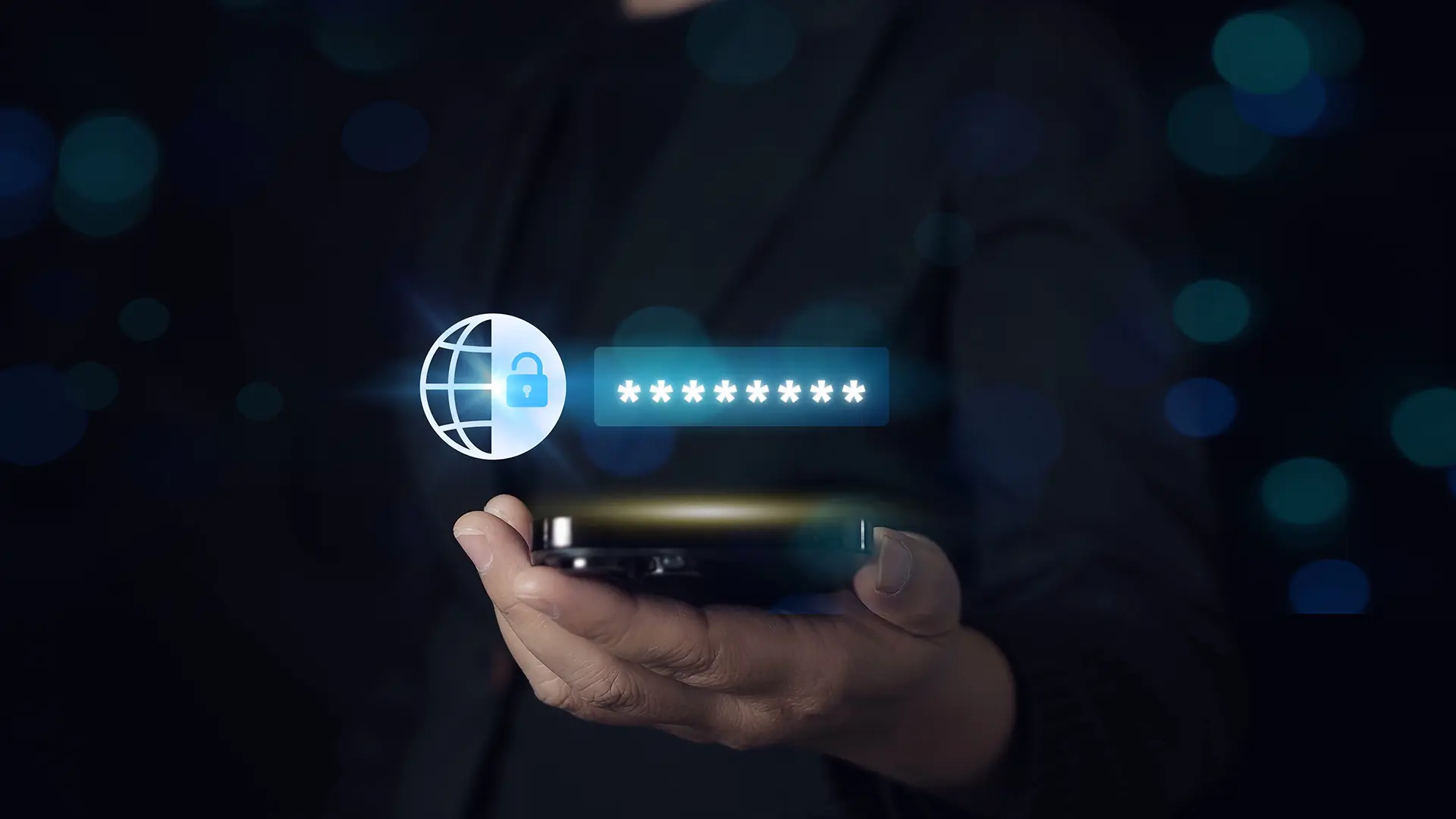Table of contents
- What is bluesnarfing
- How a bluesnarf attack works
- Vulnerable devices
- Protecting your devices from bluesnarfing
- The role of the MAC address
- The dark side of the dark web
One of the lesser-known but highly dangerous cyber security threats is bluesnarfing.
This term refers to unauthorized access to a device’s data through a Bluetooth connection.
Bluesnarfing is a stealthy attack that can compromise the security of your devices and the privacy of your sensitive information.
What is bluesnarfing
Bluesnarfing is a technique used by cyber criminals to obtain sensitive information from a device through a Bluetooth connection.
Unlike other cyber attacks that require user interaction, bluesnarfing can occur without the victim’s knowledge.
Attackers exploit vulnerabilities in the Bluetooth communication protocol to access data such as contacts, emails, text messages, and even files stored on the device.
How a bluesnarfing attack works
A bluesnarfing attack begins with the search for active Bluetooth devices nearby.
Attackers use specific tools known as bluesnarfers to identify vulnerable devices. Once a target device is identified, the attacker attempts to establish a Bluetooth connection with it.
Once the connection is established, the attacker exploits weaknesses in the Object Exchange (OBEX) protocol to access the information stored on the device.
This protocol is commonly used for file transfer between Bluetooth devices. However, its security flaws can be exploited to gain unauthorized access to sensitive information.
Vulnerable devices
Any Bluetooth-enabled device can be vulnerable to bluesnarfing.
This includes mobile phones, tablets, laptops, and even some IoT devices.
Older devices, particularly those using outdated versions of the Bluetooth protocol, are at higher risk.
Additionally, devices with weak security settings or that accept pairing requests from any source are particularly susceptible to these attacks.
Protecting your devices from bluesnarfing
Preventing bluesnarfing requires some basic security measures:
- Update the operating system
Make sure your device’s operating system is always updated with the latest security patches. Updates often include fixes for known vulnerabilities. - Disable Bluetooth when not in use
If you don’t need to use the Bluetooth connection, turn it off. This reduces the chance of an attacker locating your device. - Set Bluetooth to invisible mode
When possible, configure your device’s Bluetooth to be non-discoverable by other Bluetooth devices. This can significantly reduce the risk of being targeted. - Use two-factor authentication (2FA)
Enable two-factor authentication on your devices to add an extra layer of security. This makes it more difficult for attackers to access your information, even if they manage to breach the Bluetooth connection. - Reject suspicious pairing requests
Do not accept Bluetooth pairing requests from unknown devices. Attackers may send fake pairing requests to gain access to your device.

The role of the MAC address
Every Bluetooth device has a unique identifier known as a MAC address. Attackers can use this address to identify and track specific devices.
However, some Bluetooth devices allow you to change or mask your MAC address to improve privacy and security.
The dark side of the dark web
Once information is obtained through a bluesnarfing attack, attackers can sell this data on the dark web.
The dark web is an online black market where stolen information is bought and sold.
Sensitive information such as login credentials, credit card numbers, and personal data can be used for further cyber attacks or identity theft.
